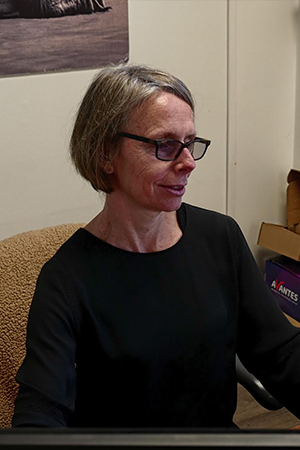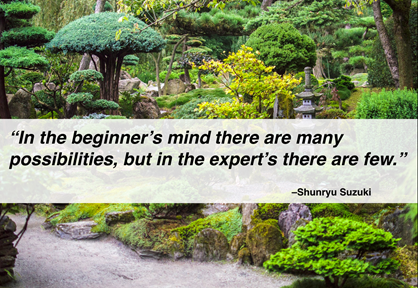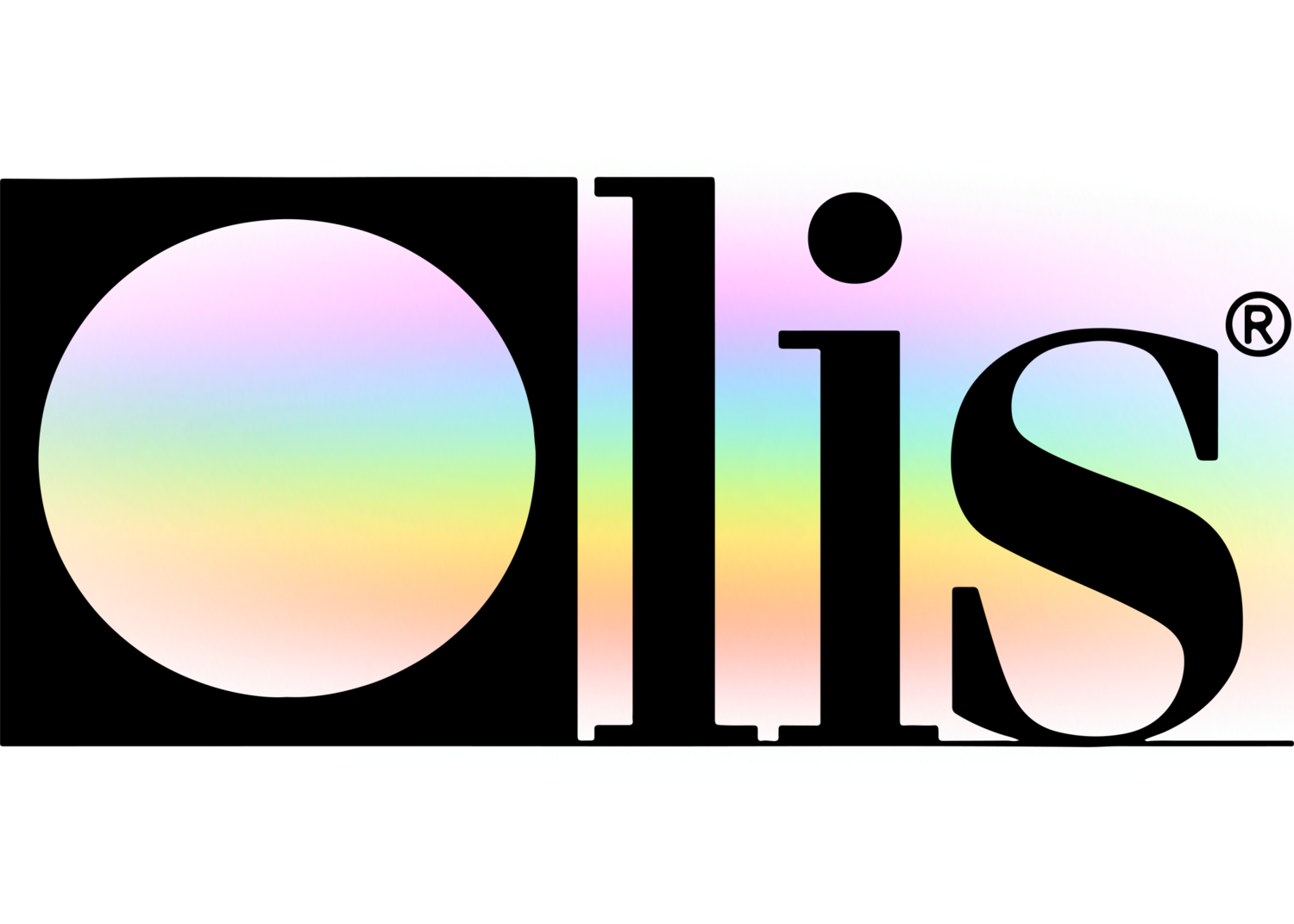Not known Details About Spectrophotometers
Table of ContentsMore About Uv/vis/nirLittle Known Questions About Uv/vis/nir.The Main Principles Of Uv/vis/nir Indicators on Spectrophotometers You Need To KnowSome Known Questions About Circular Dichroism.

Spectrophotometry is a tool that hinges on the quantitative analysis of particles depending on how much light is soaked up by colored substances.
3 Simple Techniques For Uv/vis/nir
A spectrophotometer is commonly utilized for the measurement of transmittance or reflectance of options, transparent or nontransparent solids, such as polished glass, or gases. Although lots of biochemicals are colored, as in, they soak up visible light and therefore can be determined by colorimetric treatments, even colorless biochemicals can typically be transformed to colored compounds ideal for chromogenic color-forming reactions to yield compounds appropriate for colorimetric analysis.: 65 Nevertheless, they can also be developed to determine the diffusivity on any of the noted light ranges that typically cover around 2002500 nm using various controls and calibrations.
An example of an experiment in which spectrophotometry is utilized is the determination of the balance constant of an option. A certain chemical response within a solution might happen in a forward and reverse direction, where reactants form products and products break down into reactants. At some time, this chain reaction will reach a point of balance called a balance point.
The Facts About Circular Dichroism Uncovered
The quantity of light that goes through the option is a sign of the concentration of certain chemicals that do not permit light to travel through. The absorption of light is because of the interaction of light with the electronic and vibrational modes of particles. Each kind of particle has a private set of energy levels connected with the makeup of its chemical bonds and nuclei and therefore will take in light of particular wavelengths, or energies, resulting in special spectral homes.
Using spectrophotometers covers numerous clinical fields, such as physics, products science, chemistry, biochemistry. circularly polarized luminescence, chemical engineering, and molecular biology. They are extensively used in numerous industries consisting of semiconductors, laser and optical manufacturing, printing and forensic evaluation, as well as in laboratories for the study of chemical compounds. Spectrophotometry is typically used in measurements of enzyme activities, determinations of protein concentrations, decisions of enzymatic kinetic constants, and measurements of ligand binding reactions.: 65 Ultimately, a spectrophotometer has the ability to determine, depending upon the control or calibration, what compounds exist in a target and exactly just how much through computations of observed wavelengths.
This would come as an option to the previously produced spectrophotometers which were not able to take in the ultraviolet properly.
The Only Guide for Circular Dichroism
It would be discovered that this did not give satisfactory results, for that reason in Design B, there was a shift from a glass to a quartz prism which permitted much better absorbance outcomes - circularly polarized luminescence (https://www.livebinders.com/b/3570027?tabid=514355ed-03f4-acee-f8e7-d79f6b7bffab). From there, Model C was born with a change to the wavelength resolution which ended up having three systems of it produced
It was produced from 1941 to 1976 where the rate for it in 1941 was US$723 (far-UV devices were an option at additional expense). In the words of Nobel chemistry laureate Bruce Merrifield, it was "probably the most important instrument ever developed towards the development of bioscience." Once it ended up being ceased in 1976, Hewlett-Packard produced the first commercially readily available diode-array spectrophotometer in 1979 referred to as the HP 8450A. It irradiates the sample with polychromatic light which the sample absorbs depending upon its properties. It is transmitted back by grating the photodiode range which detects the wavelength region of the spectrum. Ever since, the production and execution of spectrophotometry gadgets has increased tremendously and has turned into one of the most ingenious instruments of our time.

All about Circular Dichroism
The grating can either be movable or fixed.
In such systems, the grating is fixed and the strength of each wavelength of light is determined by a different detector in the variety. Furthermore, most modern mid-infrared spectrophotometers utilize a Fourier transform method to obtain the spectral info - https://www.blogtalkradio.com/olisclarity1. This method is called Fourier transform infrared spectroscopy. When making transmission measurements, the spectrophotometer quantitatively compares the fraction of light that passes through a reference solution and a test solution, then digitally compares the strengths of the 2 signals and calculates the portion of transmission of the sample compared to the referral requirement.
